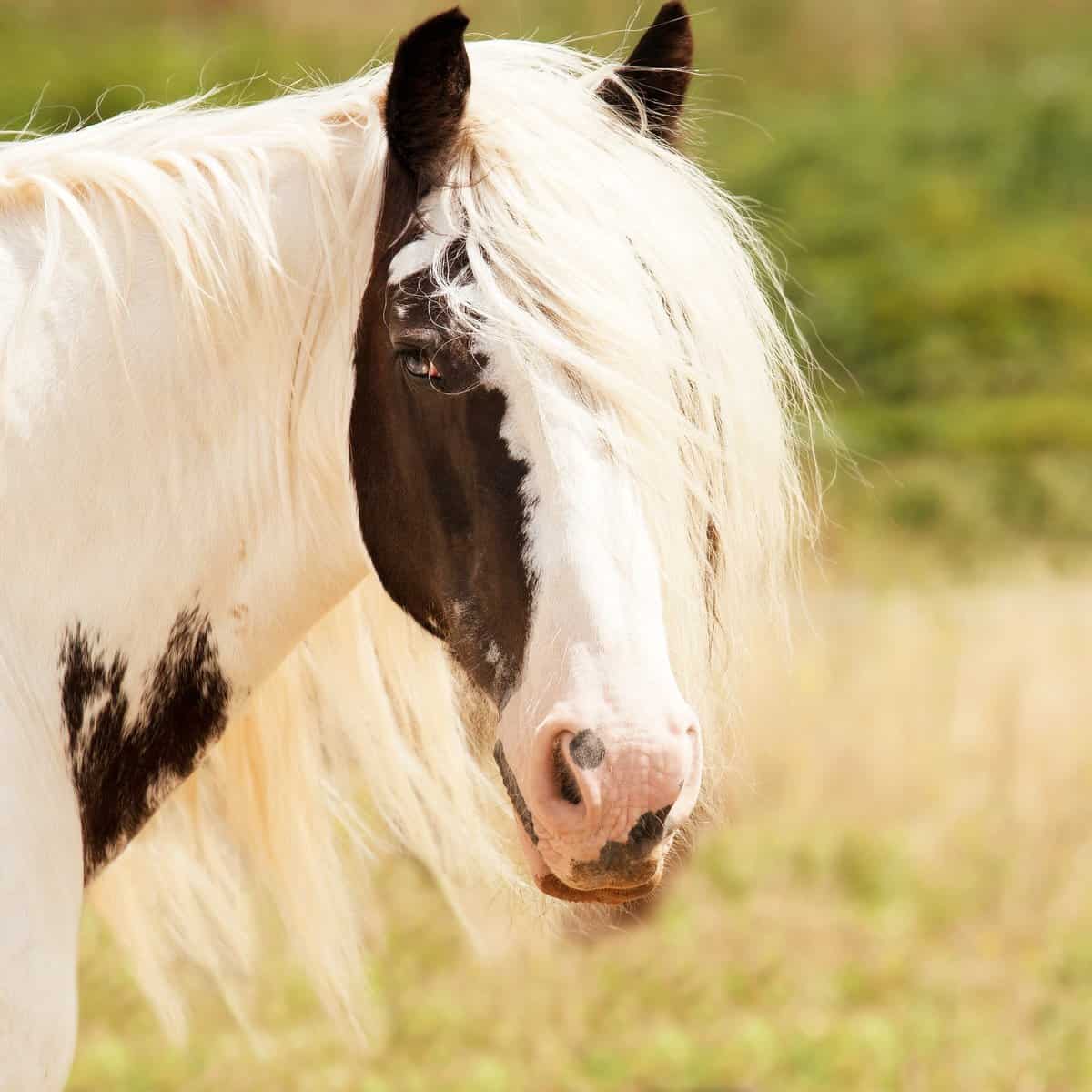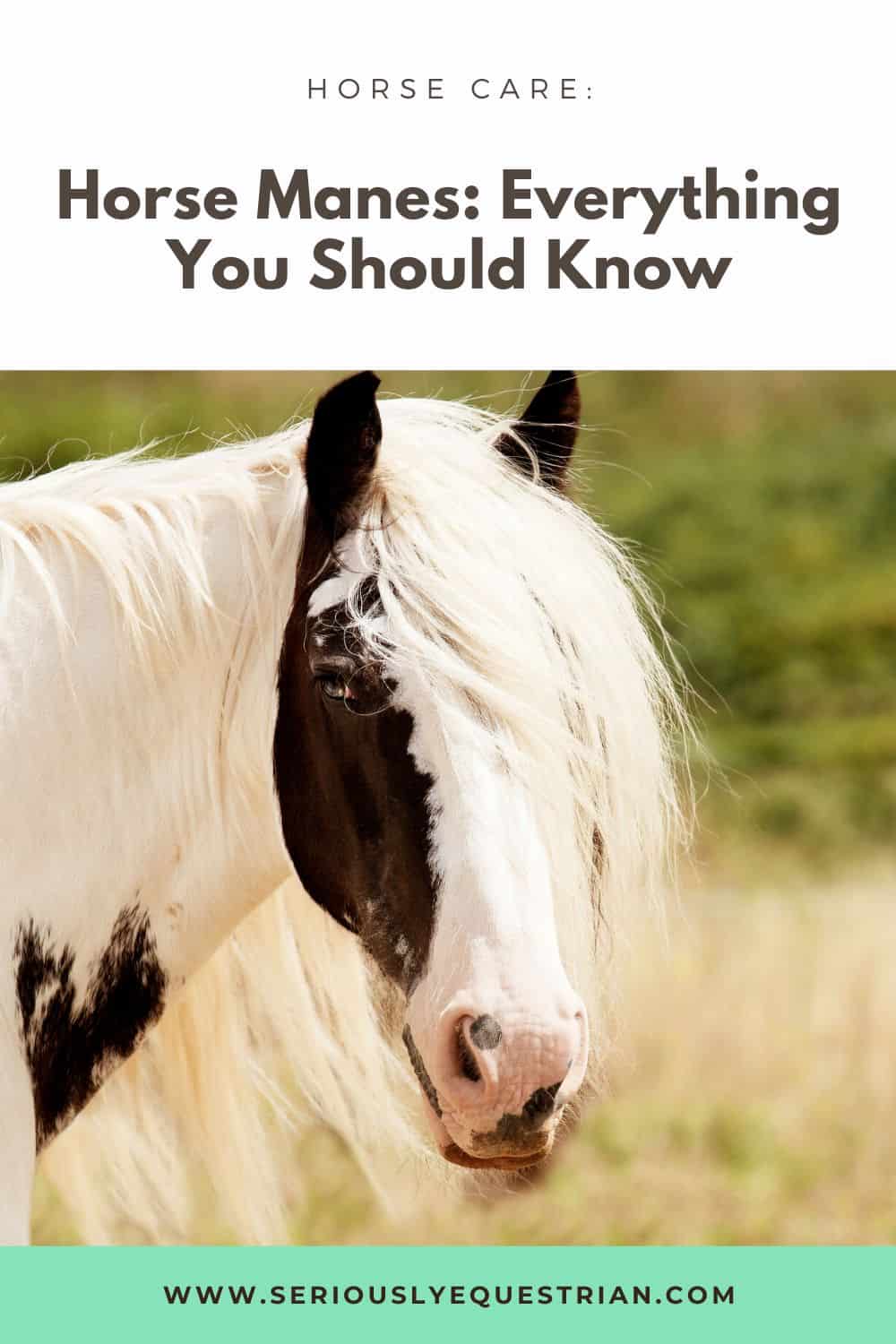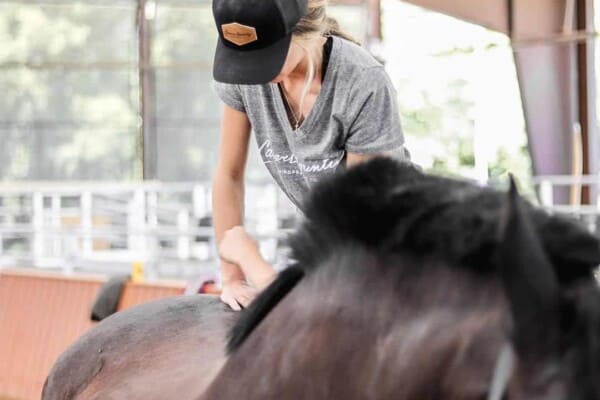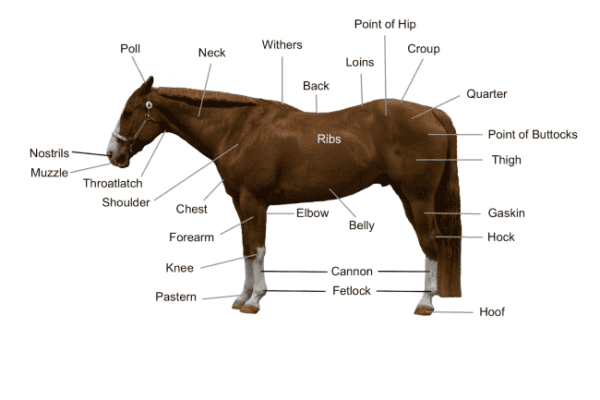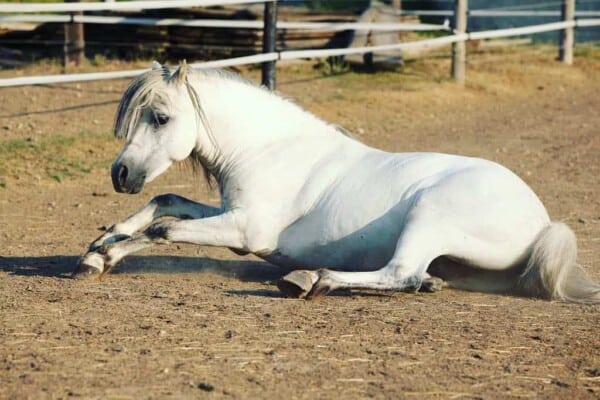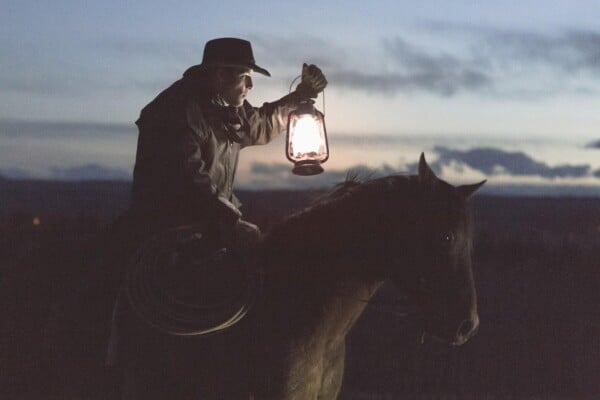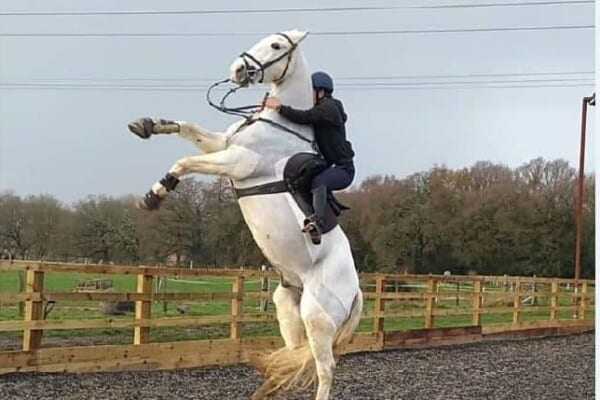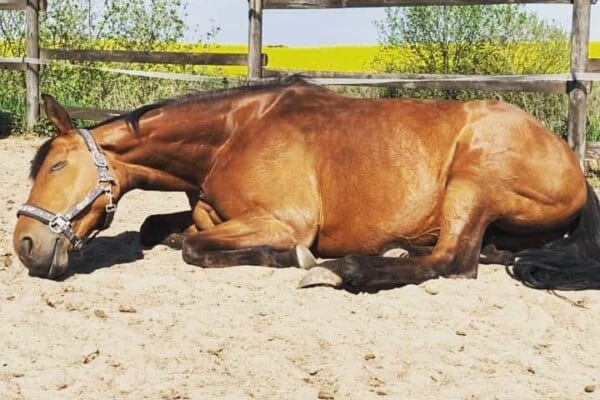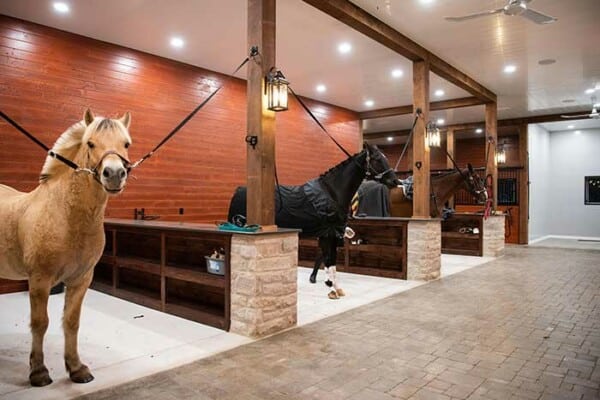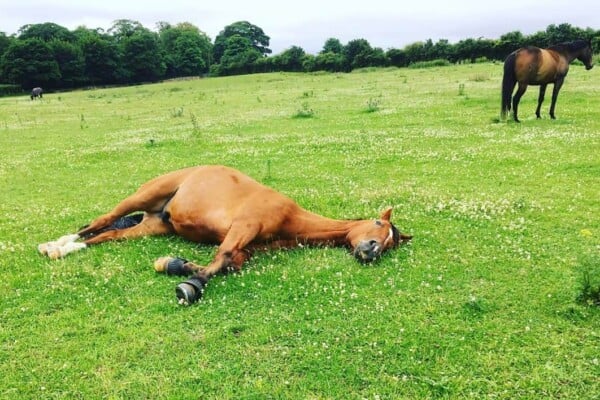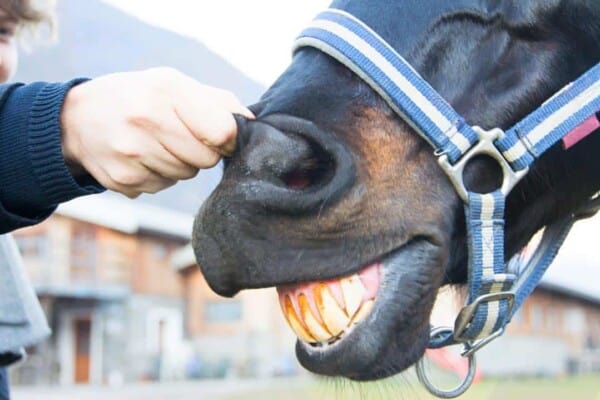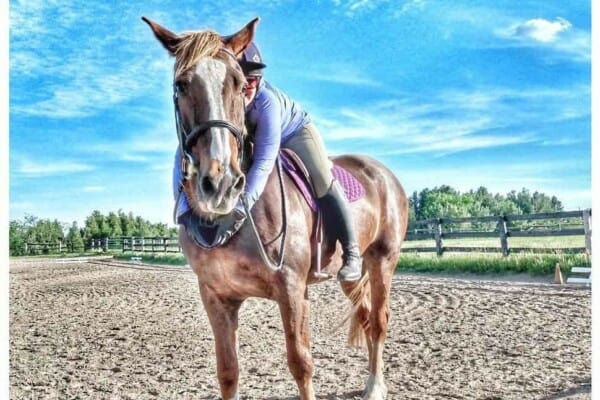By far one of the most beautiful and distinctive features that horses have is their mane and tail. They are the most alluring and interesting parts of their body, and as such it isn’t all that unheard of to hear of buyers that specifically go for horses that have very unique looking manes.
After all, just like how you have a different hairstyle from your sibling, horses can have very different mane “styles”, which perfectly describe their personalities.
But did you know that these manes, besides being by far one of the most important aspects of your horse’s look, also serve as pest control, protection, and even a clutch for the riders to hold onto, as they try to get to know their horse better and teach them how to behave?
That’s the truth behind horse manes, as even though they’re very much so an accessory to the horse’s looks, it also serves as a great utility tool for their health and safety.
So, if you want to learn more about your horse’s mane, while also going over the horse breeds with the best and most alluring manes, then keep on reading because we’ve got all that you seek and more, starting off with:
Why Do Horses Have Manes?
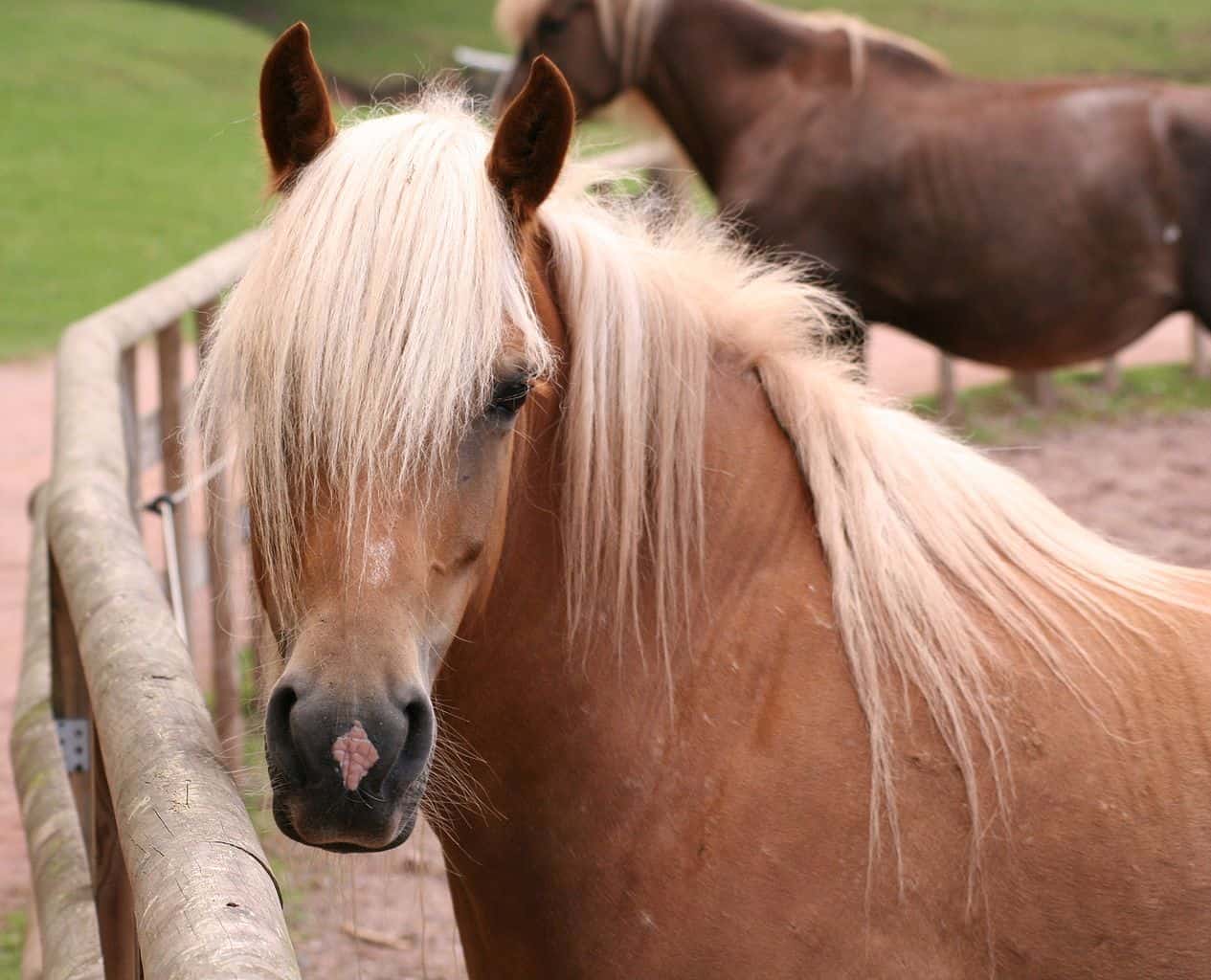
Horses are absolutely gorgeous creatures that never cease to amaze us. They’ve been living alongside us as prey for so long, and it’s all thanks to their one defensive mechanism, speed.
Through their agility alone they managed to outrun all of their predators over the years, surviving through thick and thin while also making sure that they’ve passed on their genes.
But while their speed was great for escaping the predator’s grasp, what about when the predators corner them?
Well, in this case, even though this was not as common as you’d think, they relied a lot on their manes to make sure that they could survive.
The Mane as a Defensive Mechanism
That’s right, one of the main reasons as to why horses even have manes in the first place is to help protect their neck from predator bites.
Because of its distinctive placement on the top of the horse’s neck and the fact that the mane runs all the way down to its withers, it can be used to confuse the predator into missing their killing blow.
An interesting fact about this though is the fact that horses didn’t have long manes at first during their early stages of evolution.
Instead, they had short manes that would just flap in the wind as they would run as far away from their predators.
As they evolved however, their hair instead turned into a protective layer which could be used to protect them against natural predators such as mountain lions or other horses for that matter.
At the same time, horses would bite one another quite harshly which is why the stallions needed thicker hair on their necks than the mares did.
A lot of experts believe that this is all just more proof of the fact that horses used their manes to survive and even thrive back in the day.
The Mane as an Extra Layer of Warmth
But that’s not all, horse manes also managed to add an extra layer of warmth to the animal, protecting their neck from the surrounding elements.
The thickness of the hair is actually very useful when trapping air against the skin, which in itself makes for an additional layer of insulation which will keep the horse warm during the coldest of winters.
At the same time, this thick mane can also be a great natural barrier which keeps rain, snow and the overall moisture away from their necks.
That may not sound all that important but trust us when we tell you that moisture can easily cause great discomfort to your horse and it can even lead to serious illnesses.
Luckily the horse’s mane can easily repel moisture and keep your horse’s neck dry and healthy all at the same time.
This is why some horse breeds have much thicker manes, as they are used to living in much harsher environments.
Take for example the Yakutia horse, this is a special breed that is native to the Siberian tundra. This is important to note because the temperatures here can easily get as low as negative 95 degrees, which is no laughing matter.
Still, thanks to their thick winter coats as well as the aforementioned dense manes these horses can easily survive through any temperature drop whatsoever.
So, if you happen to live in a colder area and you want to make sure that your horse doesn’t catch a cold anytime soon, just clean up their manes and you’ll already be doing more than enough for them.
The Mane as an Insect Repellant
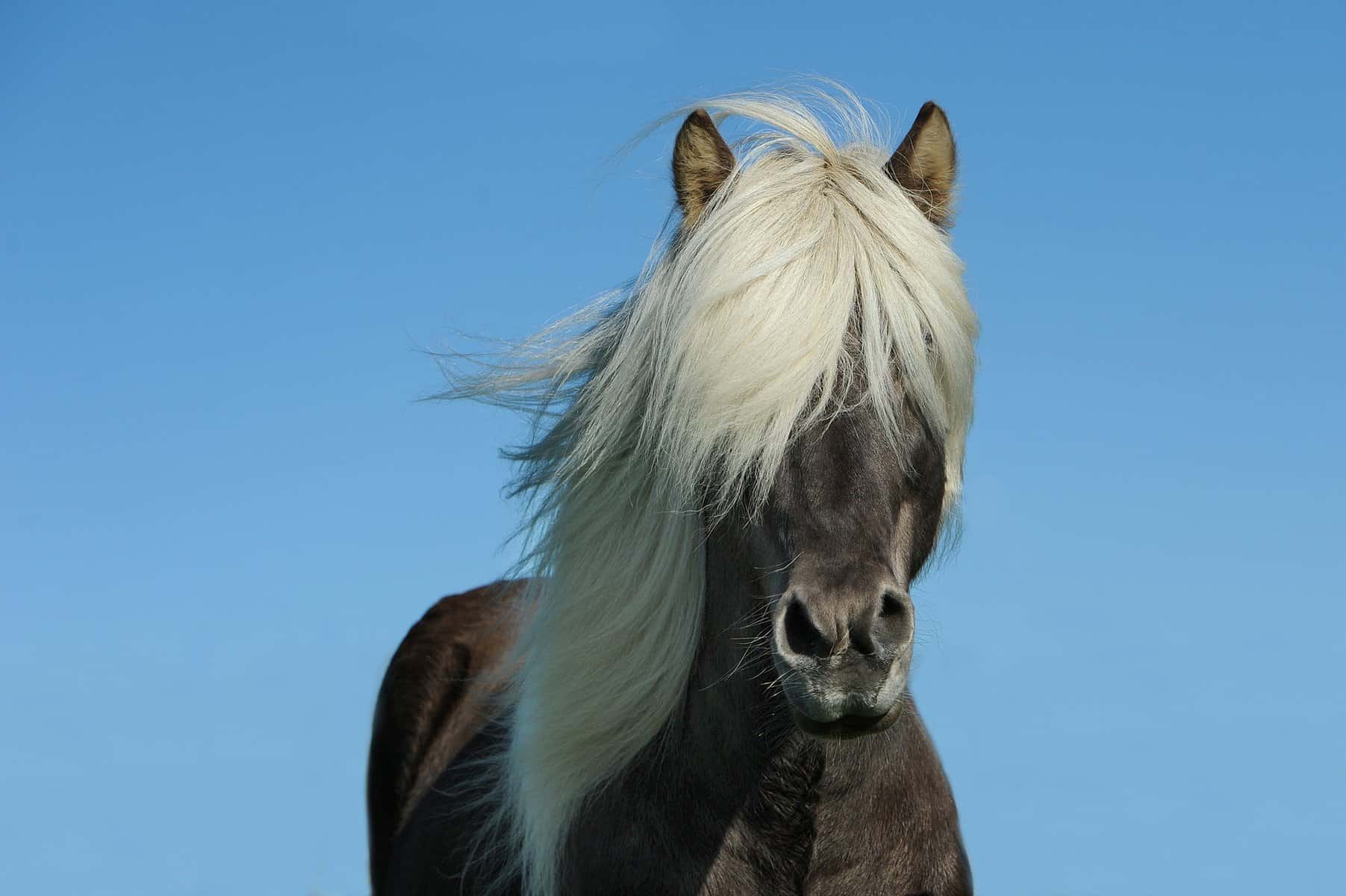
Because of this thickness, the manes are actually very good insect repellants as they keep most any pests at bay by fully covering their sensitive neck area.
Horses can’t do much if they are being swarmed by bugs, especially considering the fact that their neck flesh is way too tender to keep them away.
Luckily, the horses do have their bangs to keep them protected against insects. This is why we always recommend that you let your horse’s forelock and mane hair grow as long as possible. Without this hair they’re bound to be swarmed and eaten alive by pests.
At the same time, the longer hair can keep the insects out of their eyes, which is why cutting it too short will be quite detrimental to their health and patience.
You can also add in insect repellent products to your horse’s mane to keep them well-protected against insects, but usually as long as the hair isn’t overtly dirty or unkept it’s not an absolute must.
We still recommend that you groom your horse as much as possible though, so brush and wash their mane as often as possible to keep them healthy and happy.
While this is primarily an article about the horse’s mane, we should also mention here that the horse’s tail is just as important as their mane to keep the bugs at bay.
So, while braided manes and tails look gorgeous to us, it isn’t recommended that you do this every day because doing so will inhibit their ability to defend themselves against the insects.
Manes as Aesthetic Style Choices
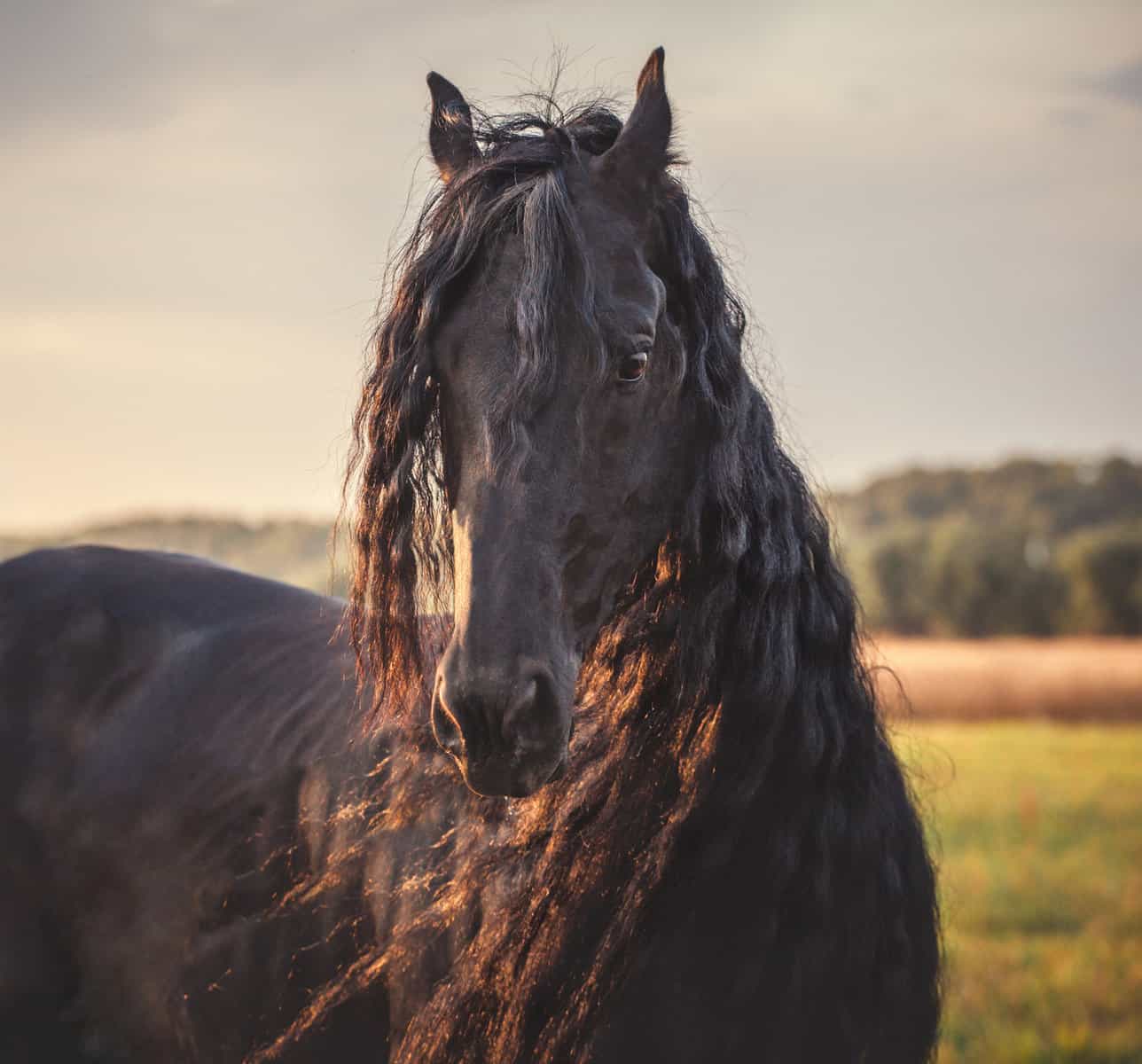
Besides all of the aforementioned reasons, we can’t dismiss the fact that horse manes are also absolutely aesthetically pleasing.
So, it shouldn’t be all that surprising to hear that breeders often times selectively breed horses with thicker manes.
But while breeders can help maximize the growth of the manes, what they can’t do is they can’t make them any thicker or longer than their maximum potential allows them.
Different breeds have varying degrees of thickness and lengths, the Appaloosa for example is known for its sparse hair.
On the other side of the spectrum we have breeds such as the Friesians, the Andalusians and even the Gypsy Vanner horses which are known for their long-flowing hair.
The Horse Breeds with the Best Manes
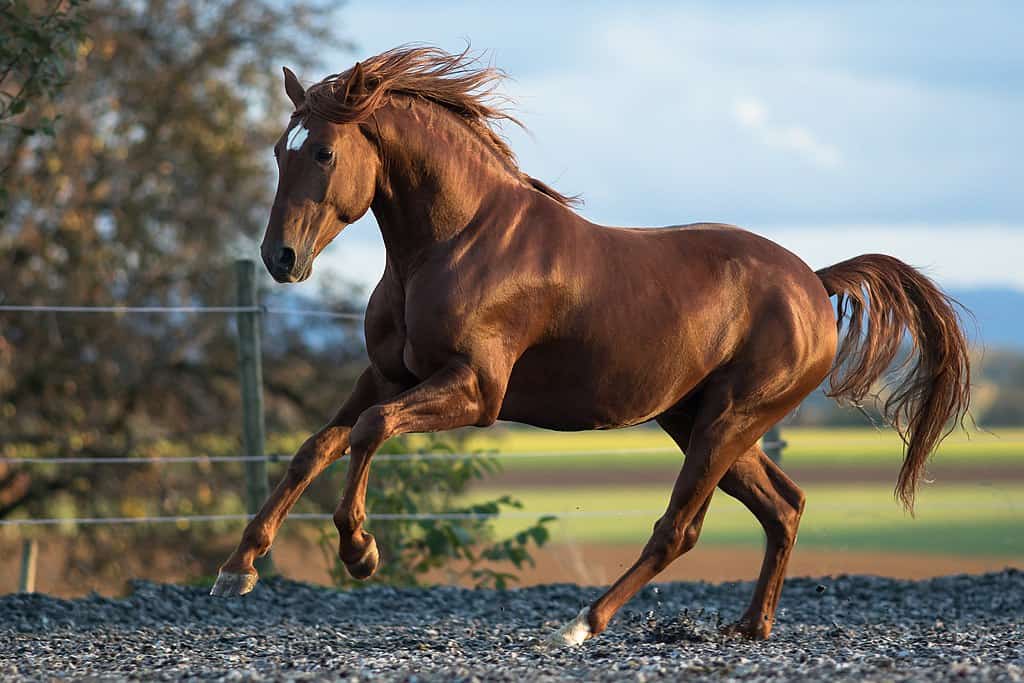
Now that you know why horses have manes, how about we go over the most popular breeds that are known for their beautiful and elegant manes and tails, starting off with:
Gypsy Vanner
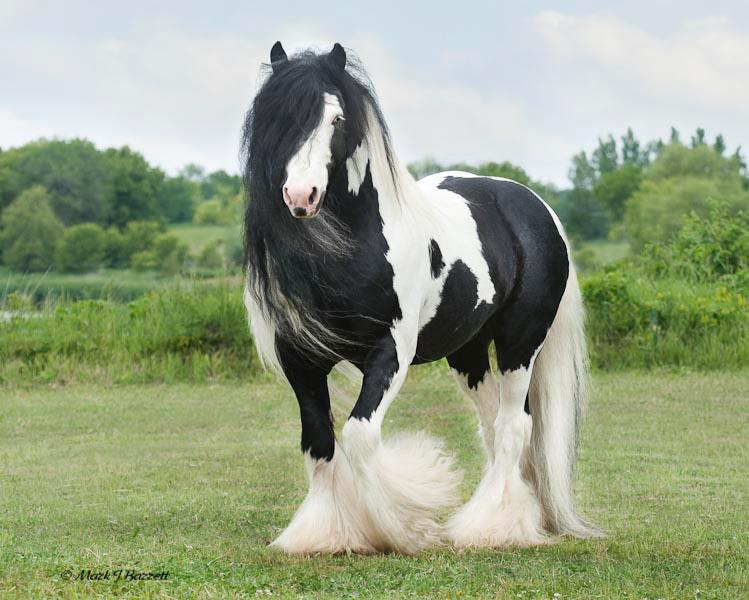
We already mentioned it but we couldn’t have a list without this breed. The Gypsy Vanner, also commonly referred to as the Irish Cob or the Gypsy horse, is a native of the British Isles.
It is a very elegant and gentle breed that is known for its long hair and heavy feathering, making it one of the most popular draft horse breeds out there.
Friesian
Second on our list we have the black beauties that are used oh so commonly in movies to showcase pride, strength and determination.
Even though this breed was first bred to be a strong and agile companion for a knight in battle, its elegancy made it a very popular choice for beauty shows later on down the line.
Pure Spanish Horses (Lusitano and Andalusian)
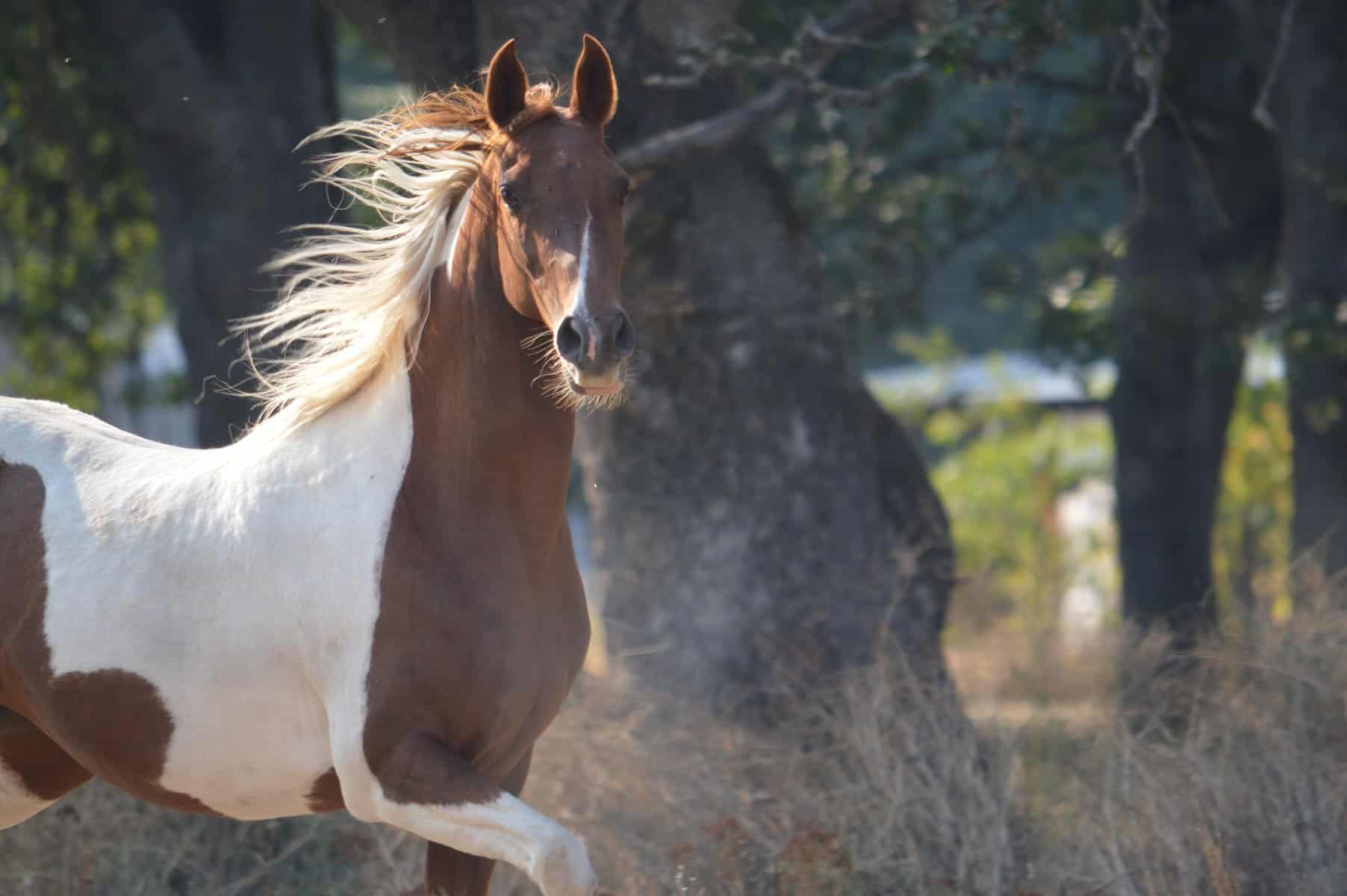
Spanish horses are known for their glamorous looks as well as their elegant movements. On top of that, they also have very specific wavy and thick hair which is extremely aesthetically pleasing to the eye.
As such, these breeds have won plenty of shows so far, and because of their popularity a lot of other breeds have started to mimic their wavy hair in order to compete with them.
Miniature Horses and Ponies

Even though they are a bit on the smaller side, miniature horses and ponies still have very long manes and tails, which makes them very adorable to say the least.
Take for example the Shetland and the Welsh ponies, they are very cute and elegant all at the same time which makes them stand out at any show.
Icelandic Horses
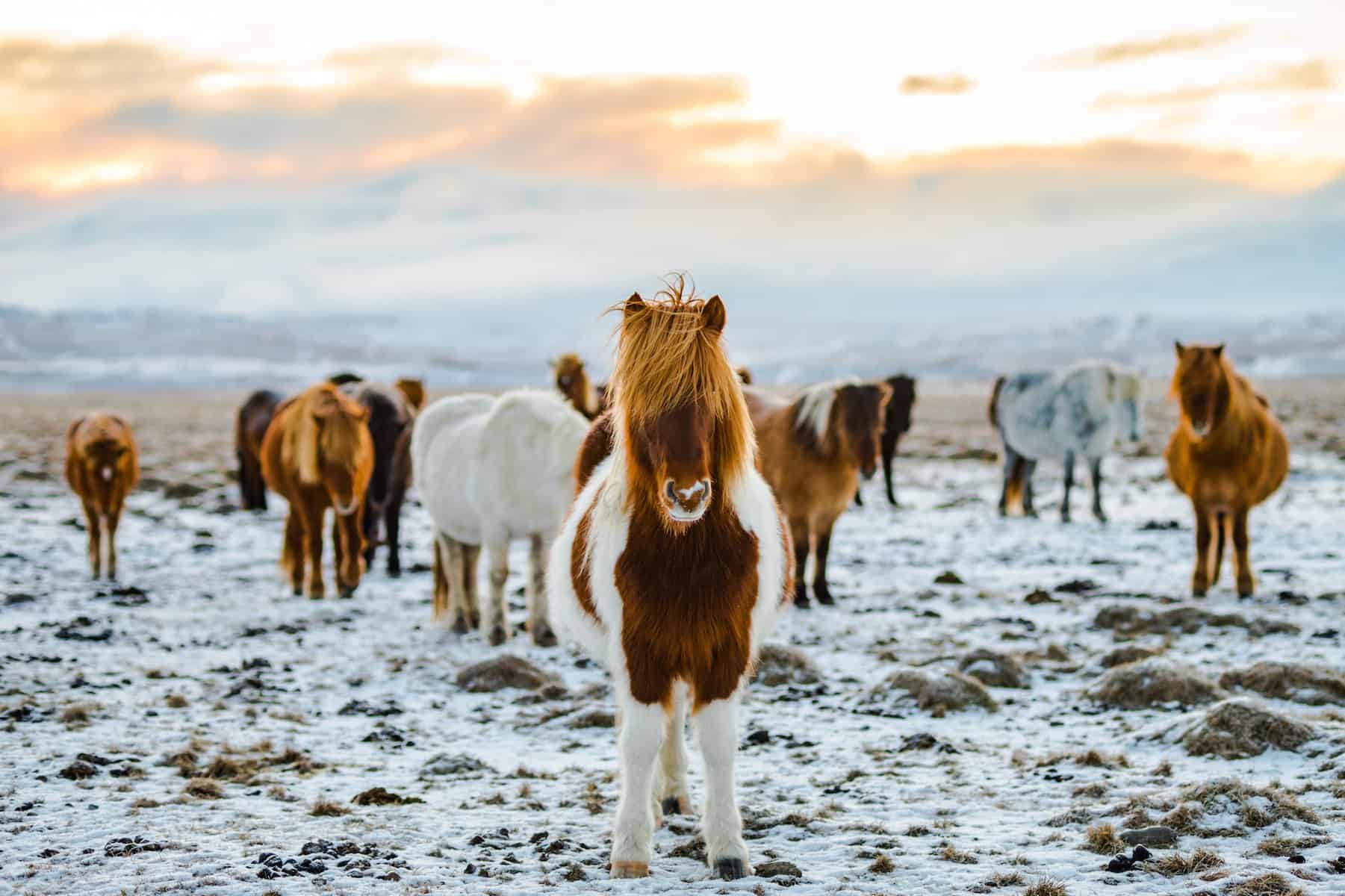
Icelandic horses are very hardy creatures that are known for their full manes that come packed with coarse hair.
At the same time, they have their signature thick seasonal double coat which keeps them warm even in the coldest of temperatures.
Haflinger

Similarly to the Icelandic horse breeds, the Haflinger’s thick mane is known for keeping them warm during the harsher seasons around the Austrian Alps.
But what makes this breed stand out from the crowd is the fact that they are a bit on the smaller side, making it a great option for families with children, especially if you happen to live in a colder place.
American Saddlebred
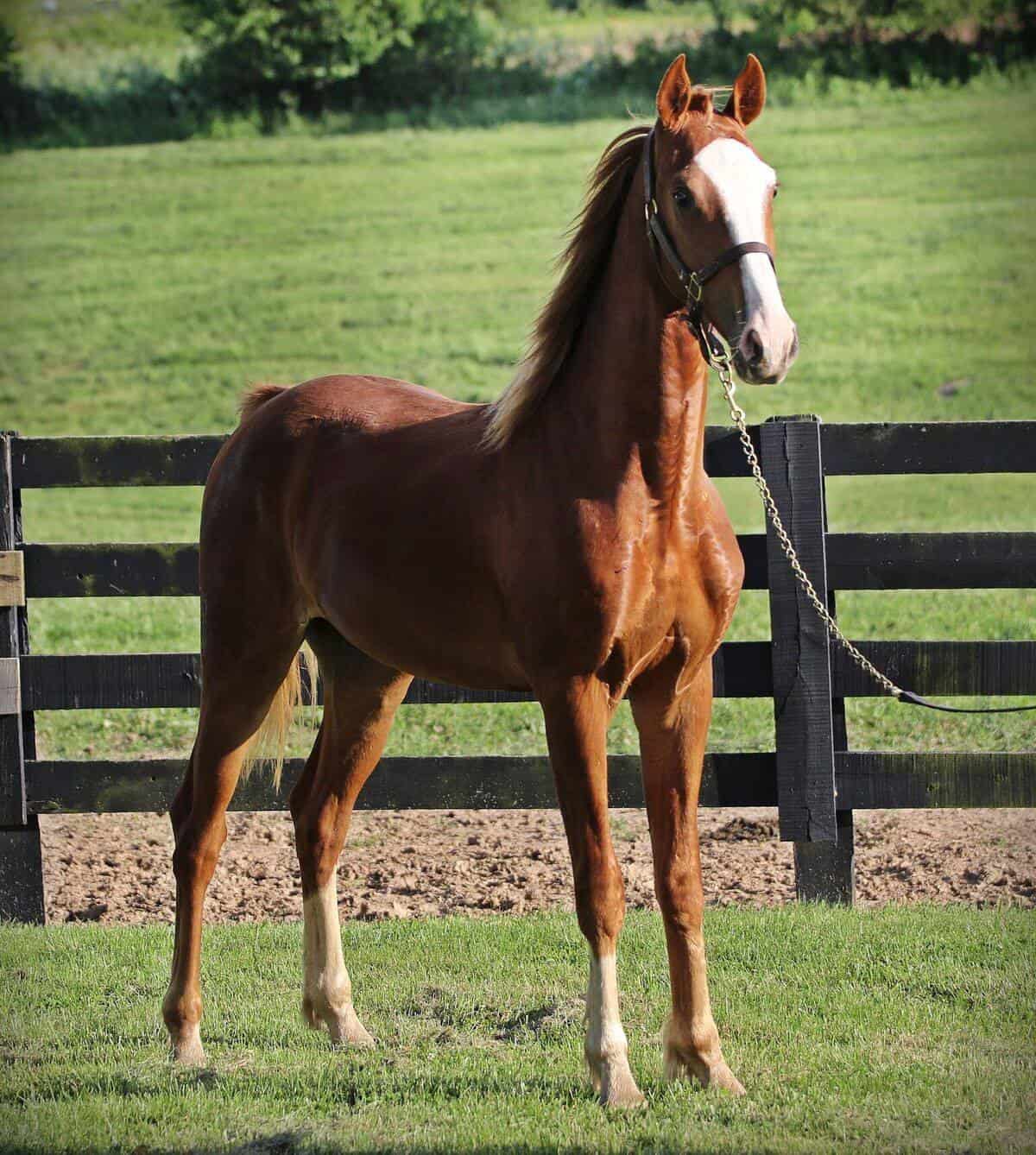
While the mane is a very important part of the American Saddlebred’s overall distinct look, its main characteristic is most definitely its long and luscious tail.
You can see it flap around from left to right as the horse trots along, making it quite hypnotizing and a great asset for shows.
Morgan
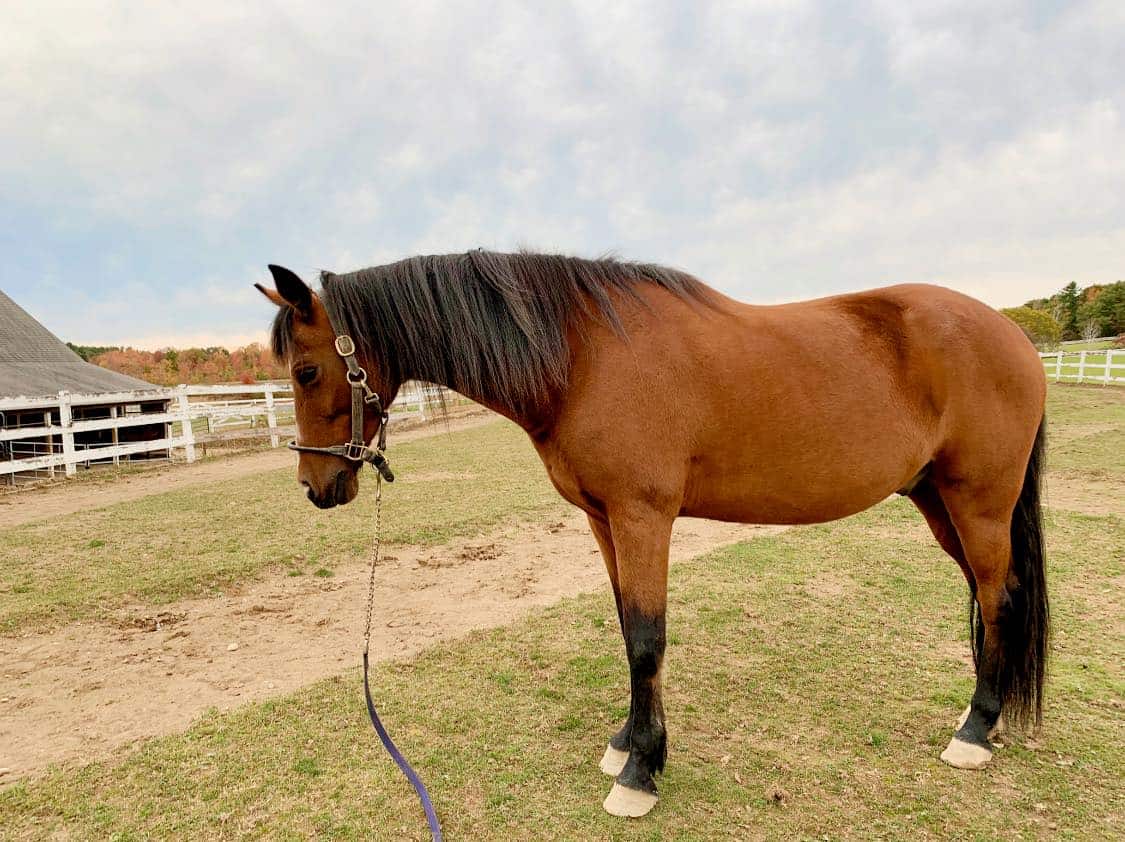
Coming up next on our list we have the Morgan breed. This is one of the strongest and most elegant horses you’ll ever see.
This breed is known for its long mane as well as its beautiful flowing tail. What’s special about these horses though is the fact that they always keep their tails high up, which gives us the illusion that they’re bigger and fuller than they really are.
Shire
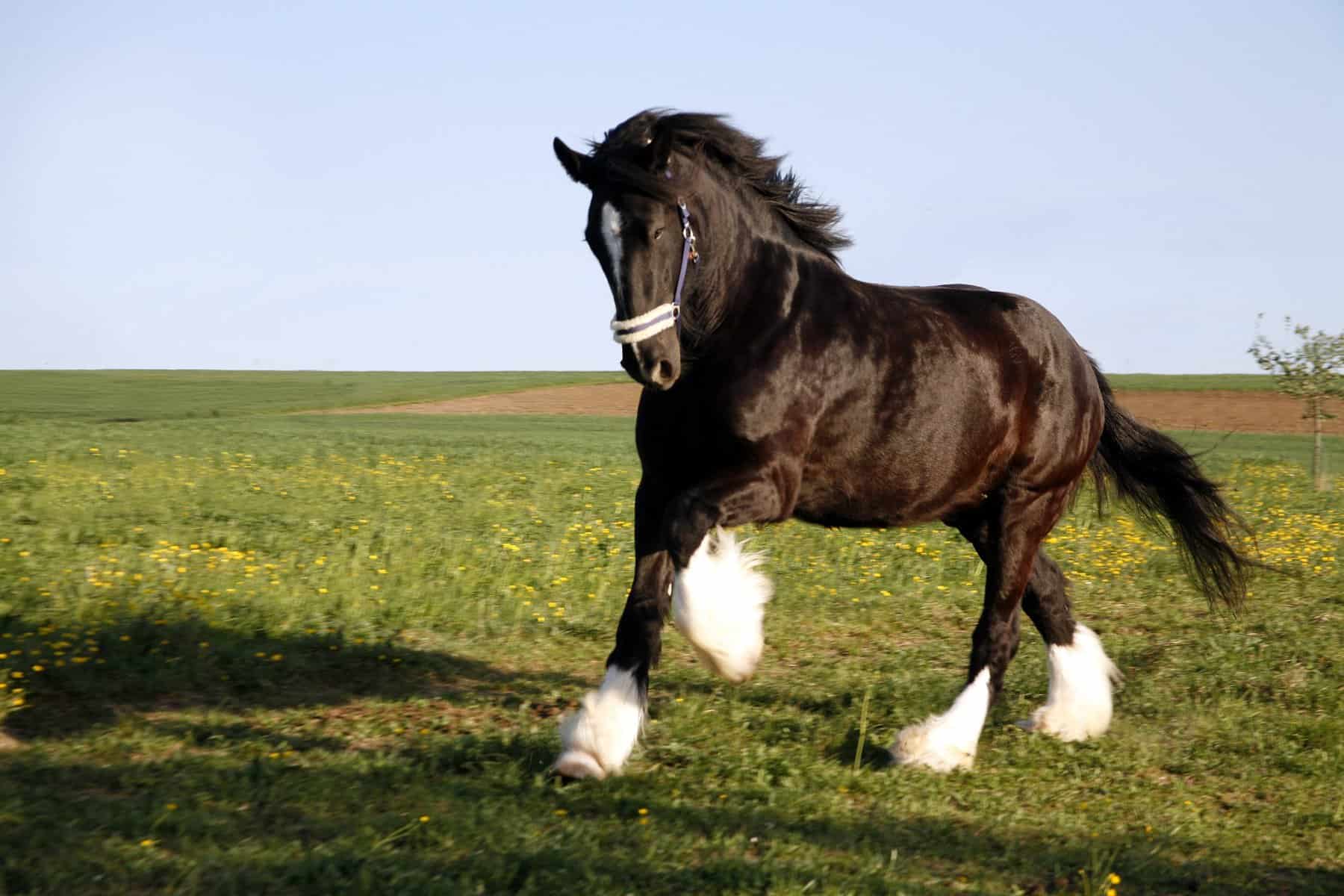
This horse breed was originally bred for heavy agricultural work as well as pulling carriages. We can quickly tell that this was the truth simply based on the horse’s muscularity and heaviness.
As you can expect from most any heavy draft horses out there, the Shires are known for the thick feathering they have on their feet and lets. This feathering keeps them protected against the surrounding elements.
For the most part, their tails are kept in a short and bobbed form and their manes are braided so that they can’t get in the way of the equipment.
Paso Fino

This is one of the most elegant gaited horse breeds that has ever come out of Latin America. Paso Fino horses have been very popular in shows all around the world thanks to their thick and full mane and tail combo.
They are known for their luxurious look as well as their elegant gaits which make them stand out quite easily.
For the most part, their hair is kept long and full, although it isn’t unheard of to also have it braided or clipped.
Arabian
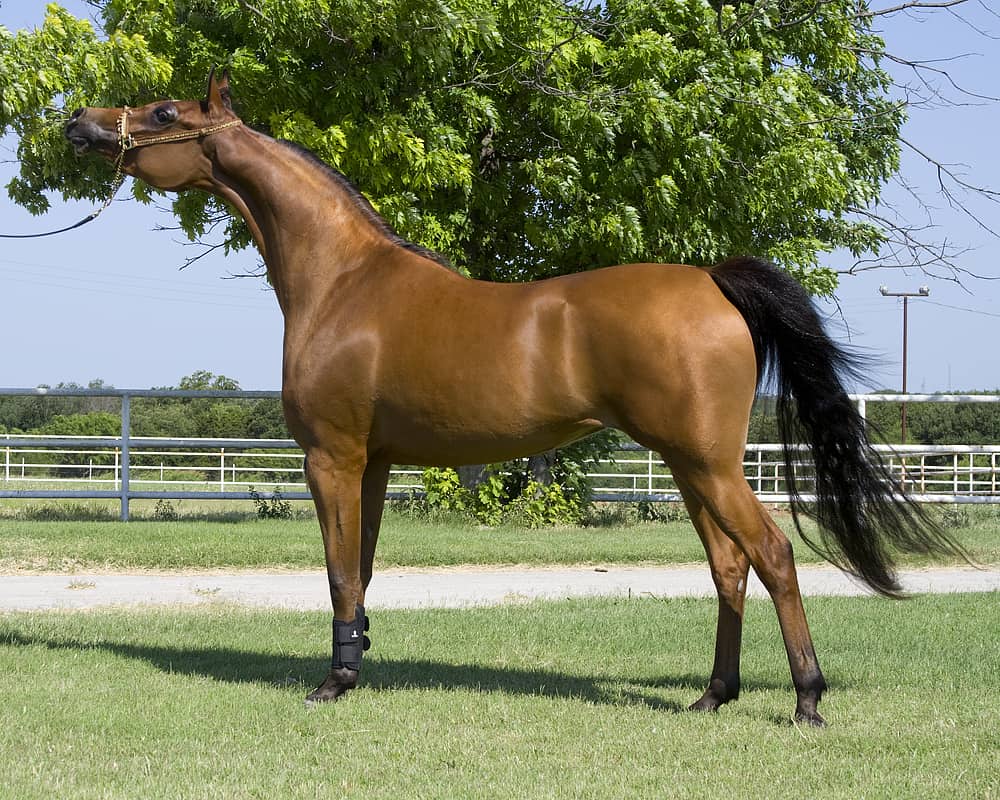
Being one of the oldest and most elegant breeds out there, the Arabian horse breed is known for its well-arched neck as well as its high-set tail.
The longer mane does keep them protected against summer flies, which is why most Arabian owners tend to keep them long. Just keep in mind that in some cases these manes and tails can either be wavy or straight depending on your horse’s heritage.
This is one of the most graceful and refined breeds you’ll ever come across, and while their mane and tail are not the only reason behind this, they do add to the list of benefits to take into consideration.
How to Braid a Horse’s Mane?
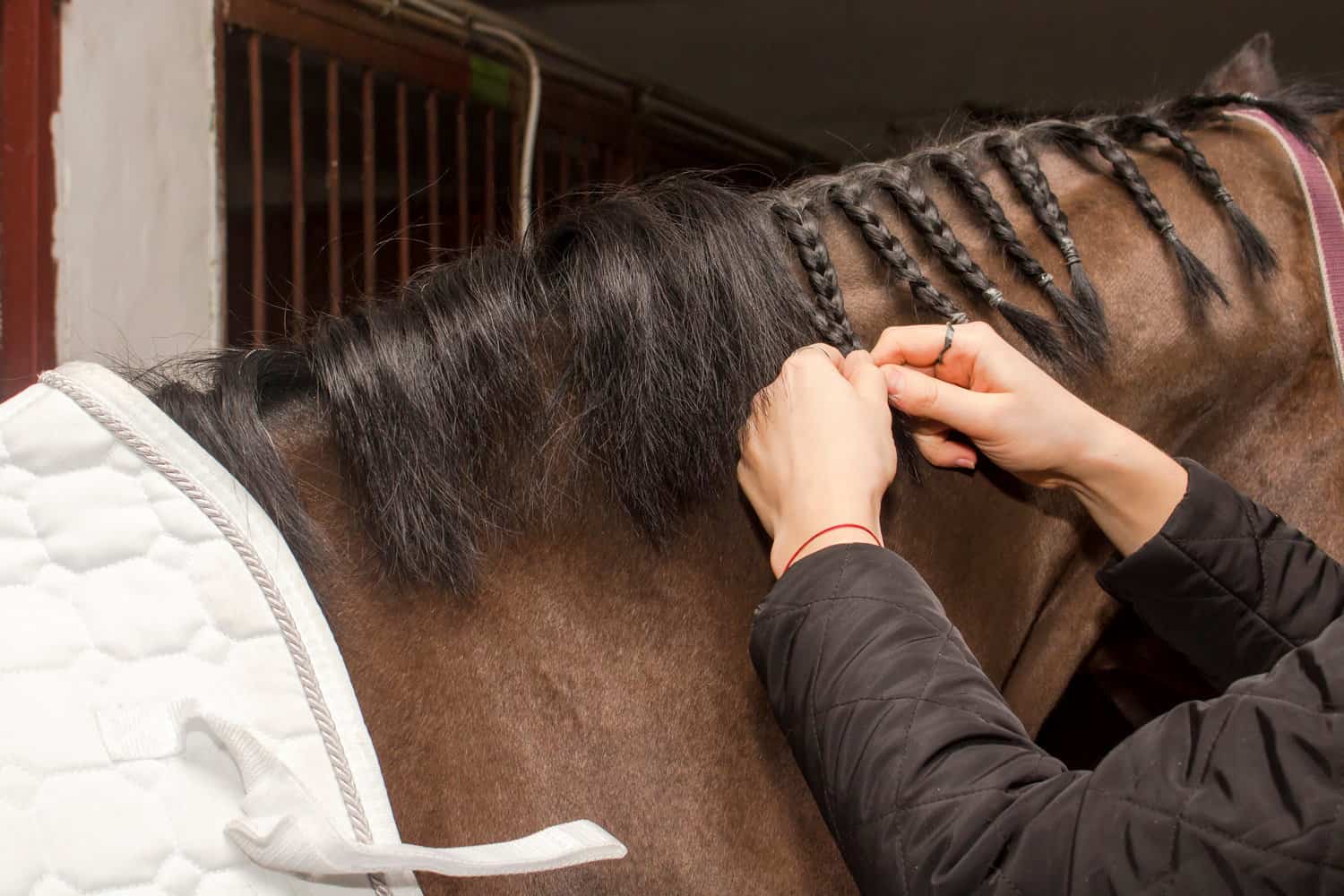
If you want to start braiding your horse’s mane yourself, you will first need to understand the basics behind the process.
So, here are the main supplies that you will need in order to get the job done properly:
- The Stool – This isn’t a joke or anything, your horse is taller than you in most cases which is why you will need stand on a stool to be able to work on your horse’s mane
- A Spray Bottle – You can either fill it up with water or you can use a braiding spray product, your choice
- The Yarn – We always recommend that you choose a colored yarn that matches the color of your horse’s mane
- A Latch Hook – You can find these at your local craft store with ease
- Scissors – This one’s a bit self-explanatory, just remember to not cut too much of the horse’s mane
- A Brush or a Comb
- A Plastic Hair Clip – We should mention here that you need one with very large teeth so that it can safely grab onto the horse’s hair with ease
Measuring the Yarn
Next up you should find a yarn that perfectly matches your horse mane’s color.
As far as the measuring process is concerned though, just take the end of the yarn and place it in-between your thumb and forefinger and continue to wrap it around the length of your elbow.
Do this around 40 times, after which you can cut the yarn down where the thumb and the forefingers are.
Braiding Step by Step
Of course that by now the horse’s mane should also be washed and cleaned, but after you’re done with that you can start the braiding process as so:
- Spray the hair with the spray bottle and gently massage it after you wet it
- Section off a portion of the mane with the hair clip and use the clip to hold the rest of the mane back
- Next up just split the section of the mane into three even parts and begin the braiding process
- When you’re around three-quarters down the hair you can stop and instead take a piece of yarn. Put this piece where the braiding stops
- Continue with the braiding process and repeat the steps above until the hair is fully braided, then prepare to knot the yarn
Knotting the Yarn

- In order to do this, you will need to take a piece of the yarn and put it over the top of the braid. Next up just pass it back under, making a loop, and then just pull on it. Repeat this at least two times to make sure that the mane hairs at the bottom of the braid are hidden out of sight
- Remove the hair clip and start working on a new braid. It’s very important that you replicate the same width as the first section you worked on.
- Last but not least just use the scissors to trim the hair at the bottom of the braid
Tying the Braids Down
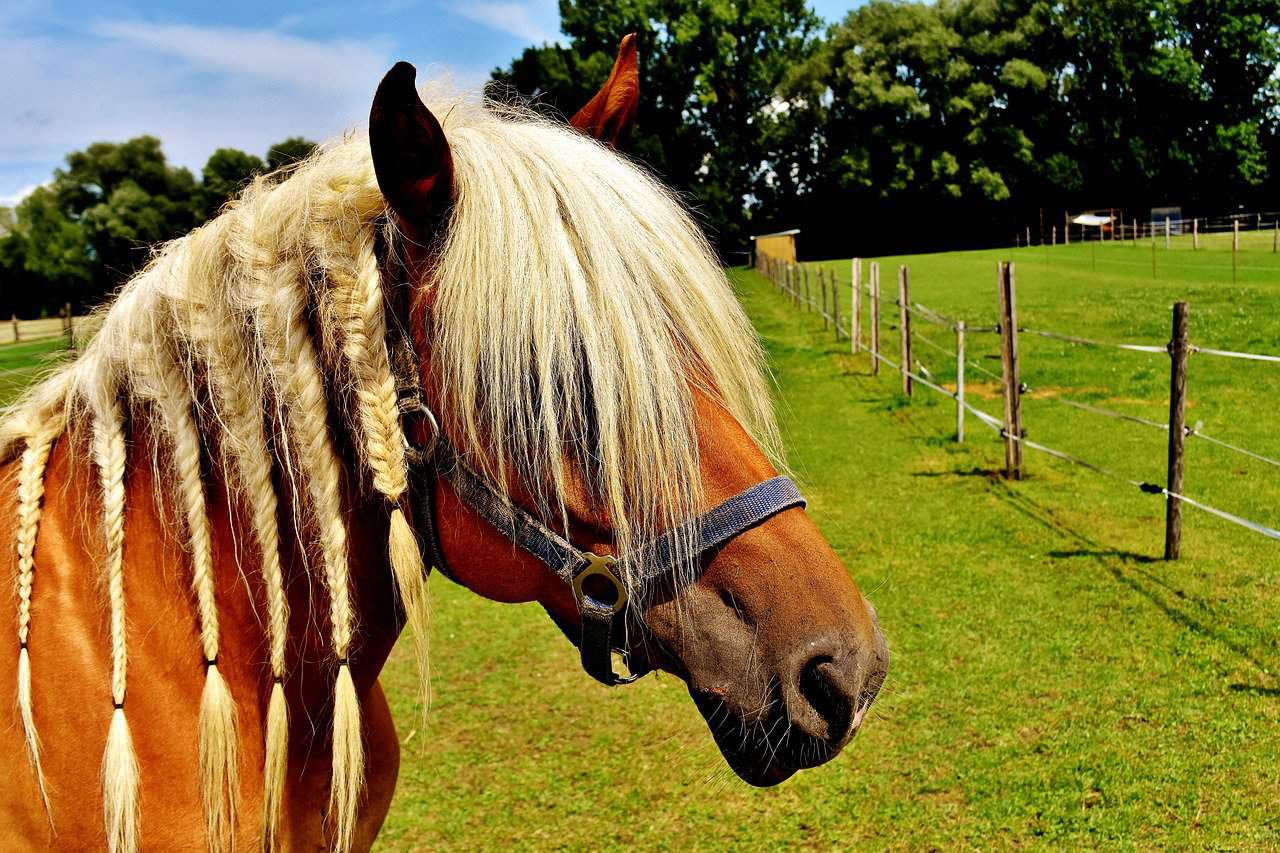
- You will need to take the yarn in your left hand and simply hold the loop in your right hand
- Next up just pull on the knot from under the braid gently
- Separate the yarn into two different pieces altogether and then take one strand over and under the other. It is important to note here though that you should have it wrapped twice instead of once. Push the loop under the braid, just make sure that you do so snug but not right. Put your thumb on the base of the braid as you hold it down and pull on the yarn in order to make it tighter while also not breaking it altogether
- Cross the yarn once again, creating yet another knot, just make sure that you pull the yarn down to the top of the braid as opposed to having it under the braid
- Next up just push the braid up with your thumb until you can see that the crossed yarn is in the middle of the braid, only to then pull the knot tight
- Knot it one more time, but instead of having the know above the braid put it under it. Pull it tight and flip the yarn to the far side of the horse’s neck
- It is important to note here that the bottom loops should be perfectly lined up with one another, if they are not you will need to start again
- If you prefer to work in sections, you should always have a braid down just so you always have a frame of reference
- Cut up the excess yarn, pull it up, clip one side of it with the scissors and then go on to the other side, clipping as close to the base of the knot as you possibly can
Finish Up the Forelock
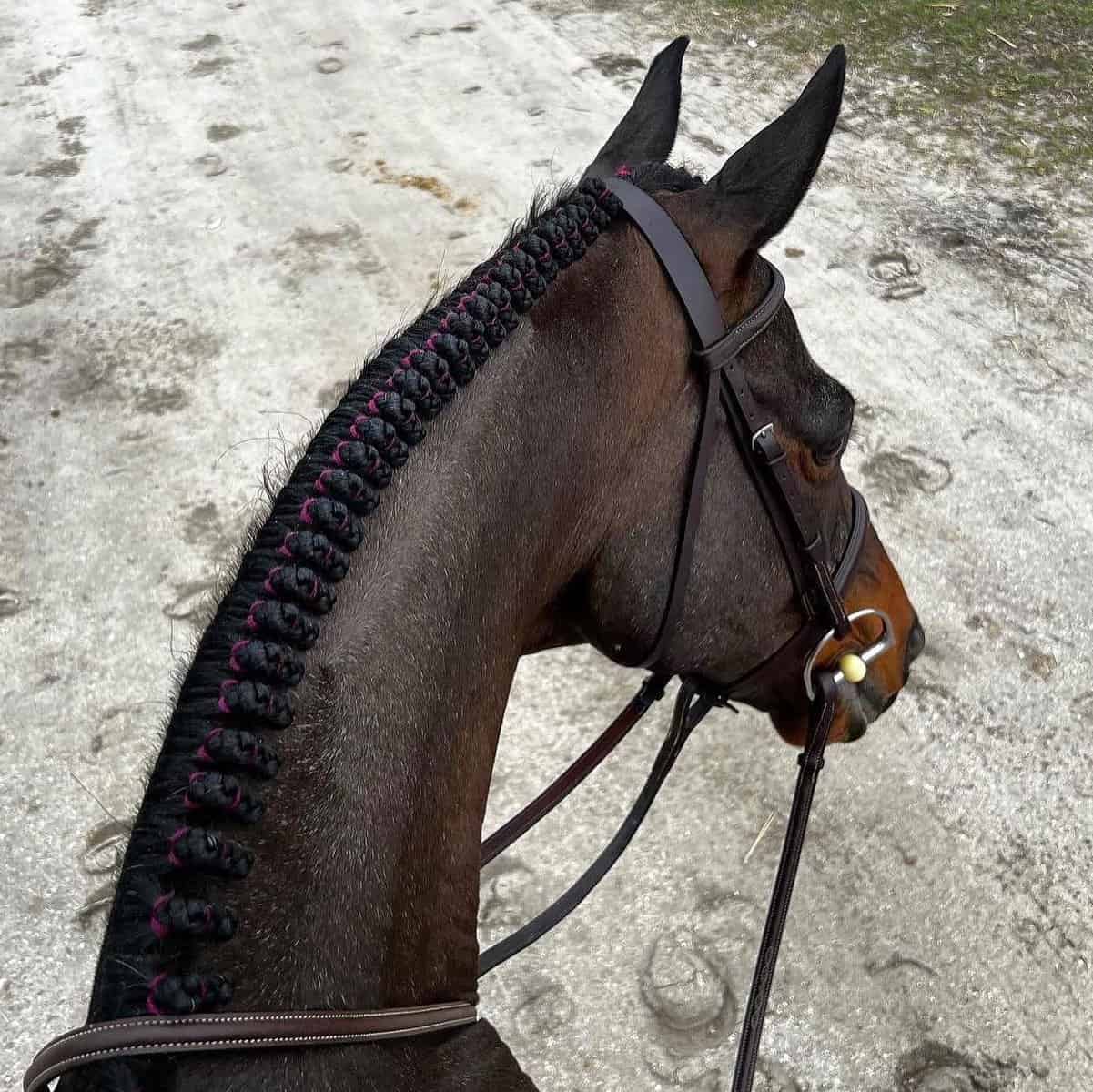
- Before you can do anything else though, you should complete a French braid on the forelock
- So, wet the horse’s forelock and then separate the top of the braid in three equal parts
- Next up just pull out a little bit of hair from the outer edges and add it to the closest section that you’ve crossed over already
- Do so continuously as you braid, but remember to do it from side to side as you continue working down the forelock
- As soon as you get to the end of the base of the forelock, just do the traditional braiding technique you already know
- Take your yarn and add it to the mix and do everything again
- Next up just take the yarn from the right side over the top of the braid and make sure that the yarn tail is facing left. Take this tail and wrap it underneath the braid, pulling up through the loop twice more.
- Take your latch hook and place it at the top of the braid. The hook should be facing down towards your horse’s nose right about now. The latch hook should also travel down the center of the braid and come out through the base of the forelock in the center
- Next up pick up the tails of the yarn and just slap them through the latch hook. Pull the yarn all the way through the top of the braid and don’t stop pulling until the tail is completely hidden
- Separate the yarn tails next. First of all go over the right side where you can push the latch hook through the forelock to the left side. Take that yarn tail through the hook, only to shut the closure and pull the yarn again through the braid. Take the latch hook to the left side of the forelock and make sure to pull the yarn through from the right side
- Right about now you can use the same knot that you finished the mane braids with, so just wrap the yarn twice and pull it down while you also snug against the forelock braid. Cross and loop it again and then pull it tight
- Use your trusty scissors to trim the yarn tails
Now that you’re done, just put on the mane tamer and you’re ready to go.
Conclusion
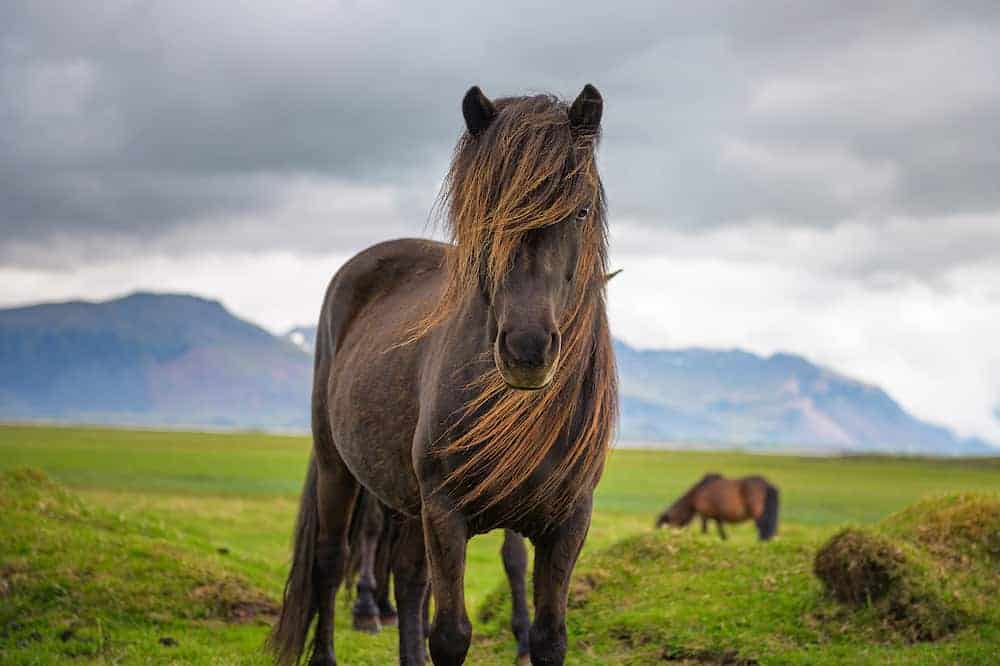
Well, there you have it, that’s all there is to know about horse manes.
We hope that you learned something new today and that you now know more about your trusty horse.


